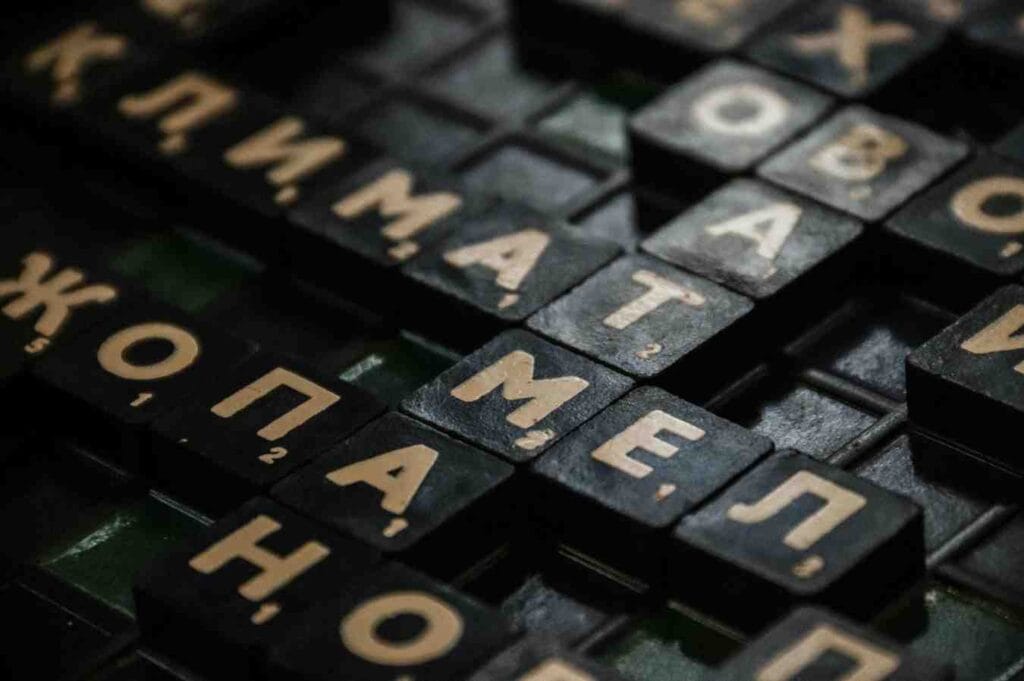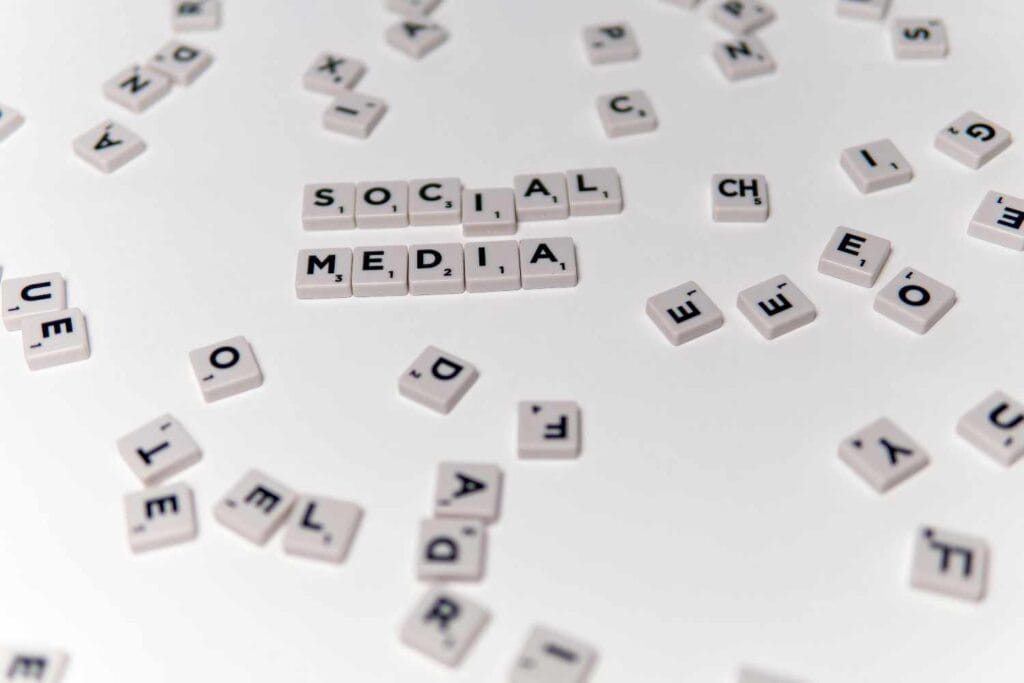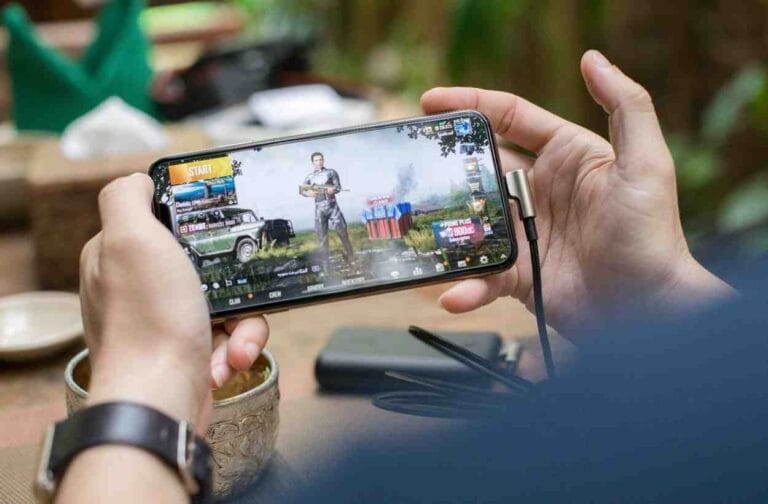Have you ever solved the New York Times Crossword and noticed a familiar name popping up? It could be someone you follow on Instagram, a popular YouTuber, or even a viral TikTok star. The crossword puzzle, known for its challenging and intellectual vibe, is now featuring names and phrases from modern pop culture. But why is this happening? Let’s dig into this fascinating trend and find out.

If you are is hurry, here is the overview of the article: the New York Times Crossword is keeping up with the times. It’s trying to stay relevant by including people and trends that are shaping the world today. This way, the puzzle appeals to younger audiences while still being a fun brain teaser for long-time fans.
How Influencers Are Becoming Part of Crossword Culture
Traditionally, crossword puzzles included names of historical figures, old-school celebrities, or obscure literary references. But things are changing. Now, influencers and modern pop culture references are sneaking into these puzzles.
Why? People love seeing names and phrases they recognize. It feels like a little nod to their daily lives. For example, imagine solving a crossword and finding clues like “Famous TikTok dancer” or “Lifestyle vlogger with a bestselling book.” It’s like the crossword is saying, “Hey, I get what’s trending too.”
Research backs this up. Studies show that puzzles reflecting current culture tend to engage people more, especially younger solvers. This is a smart way for publications like the New York Times to keep their puzzles fresh and relatable.
Pop Culture’s Growing Influence on the Crossword
The New York Times Crossword has always mirrored society. In the 1960s, puzzles featured political figures and important events. Today, it’s all about blending tradition with modern trends. If a Netflix show becomes a huge hit, don’t be surprised if its name or a key character appears as a clue.
This change has sparked debates among crossword fans. Some say it makes puzzles more fun and relatable. Others argue it dilutes the intellectual challenge. It’s like when your grandpa says, “Back in my day, crosswords were serious!” while you laugh at clues about TikTok dances.
Why Crosswords Need Influencers
Including current influencers is about more than just staying trendy. It’s about staying relevant. People no longer consume media in the same way they did 20 or even 10 years ago. Influencers are the new celebrities. They shape opinions, create trends, and even influence what people buy.
Here’s a relatable moment: You’re solving a crossword with a friend, and the clue is “Famous YouTuber known for tech reviews.” Suddenly, you shout, “It’s Marques Brownlee!” Your friend is impressed, and you feel like a genius. This makes the puzzle more interactive and fun.
Real Challenges in Featuring Influencers
Adding influencers to the crossword isn’t always easy. Unlike classic figures like Albert Einstein or Shakespeare, influencers have a shelf life. Today’s sensation might be forgotten next year. Puzzle creators must balance timeless entries with these fleeting stars.
Another challenge is keeping things fair. Not everyone knows who Addison Rae or MrBeast is. Older solvers, in particular, might feel excluded if they don’t keep up with internet culture.
You might like: Code a Program That Detects AI-Generated Text
How This Impacts Crossword Solvers
For younger solvers, seeing their favorite influencers in the NYT Crossword feels exciting. It’s like a small victory when they recognize a clue instantly. For older fans, it might be a chance to learn something new.
Let’s not forget how solving crosswords improves mental health. Research shows that solving puzzles regularly boosts brain function and memory. By adding modern references, crosswords encourage people of all ages to pick up the habit.
| Traditional Crosswords | Modern Crosswords |
|---|---|
| Focused on historical figures | Features TikTok stars, YouTubers |
| Heavy on literature and classics | Includes memes and viral trends |
| Appeals mostly to older audiences | Attracts younger generations too |
Are These Changes Here to Stay?
It seems likely. As culture continues to evolve, so will crosswords. The New York Times is finding a way to remain both a tradition and a trendsetter.
For example, in a few years, we might see AI influencers as clues. Imagine a crossword clue that says, “Famous virtual YouTuber” with the answer being “CodeMiko.” The possibilities are endless.
My Experience with Pop Culture Crosswords
I’ve been solving crosswords for years. When I first saw names like Billie Eilish or Elon Musk in a puzzle, I was surprised. At first, it felt odd. But soon, I realized it made solving much more fun. It’s like the crossword was speaking my language.

Once, I was solving a puzzle with a tricky clue about a famous podcaster. After racking my brain for hours, I finally got it, Joe Rogan. I remember laughing out loud and texting my friend, “Joe Rogan’s in the NYT Crossword!” Moments like these make solving puzzles feel more connected to real life.
You may interested: Top 5 Best Lenses for Mobile Phone Cameras
What Does This Mean for Crossword Fans?
For long-time solvers, it’s a chance to embrace change and enjoy the ride. For new fans, it’s an exciting way to engage with a classic hobby. Crosswords are no longer just for intellectuals, they’re for everyone.
So, the next time you solve the New York Times Crossword and see a clue about a viral trend, smile. It’s proof that even the most traditional puzzles are keeping up with the times.
| For Younger Solvers | For Older Solvers |
|---|---|
| Makes puzzles more relatable | Offers a chance to learn new trends |
| Encourages more people to solve | Keeps puzzles fresh and dynamic |
| Blends fun with learning | Bridges the generation gap |
Including influencers in crosswords might feel odd at first, but it’s a fun way to keep this age-old tradition alive. Let’s enjoy how puzzles continue to reflect the world around us. After all, who doesn’t love a little pop culture with their morning coffee?
FAQs
- What is the most famous NYT crossword?
The Sunday New York Times Crossword is the most famous and widely recognized. - Who is the current crossword editor for The New York Times?
Will Shortz is the current crossword editor. - What day is the easiest NYT crossword?
Monday’s crossword is the easiest. - Which is the hardest NYT crossword?
Saturday’s crossword is the hardest. - What does gold star mean in the NYT crossword?
A gold star indicates a streak of correct puzzle completions. - What is the average time to finish the NYT crossword?
Around 10–30 minutes for a daily puzzle, depending on difficulty and experience. - What is the world record for crossword puzzles?
The Guinness World Record for solving the most crosswords is 1,400 in 24 hours by Stanley Newman. - What is a rebus in crossword?
A rebus involves filling a single square with multiple letters or symbols.




[…] You May interested: New York Times Crossword […]